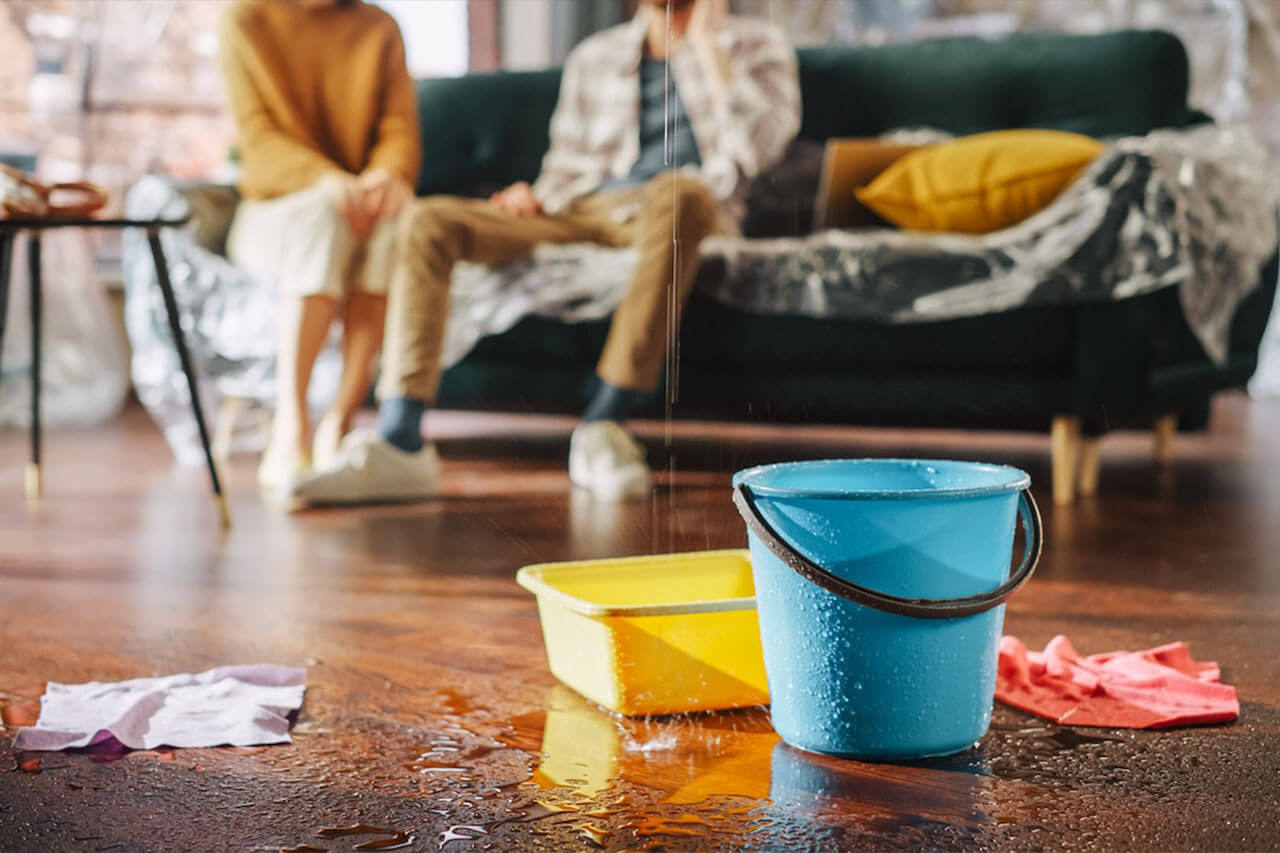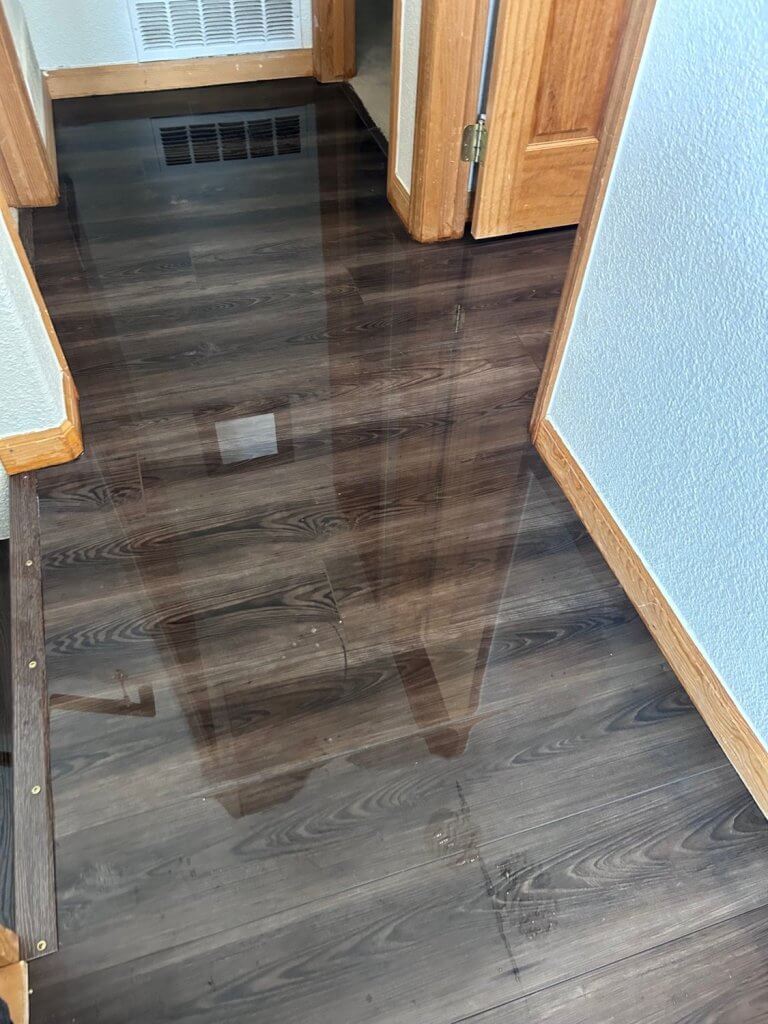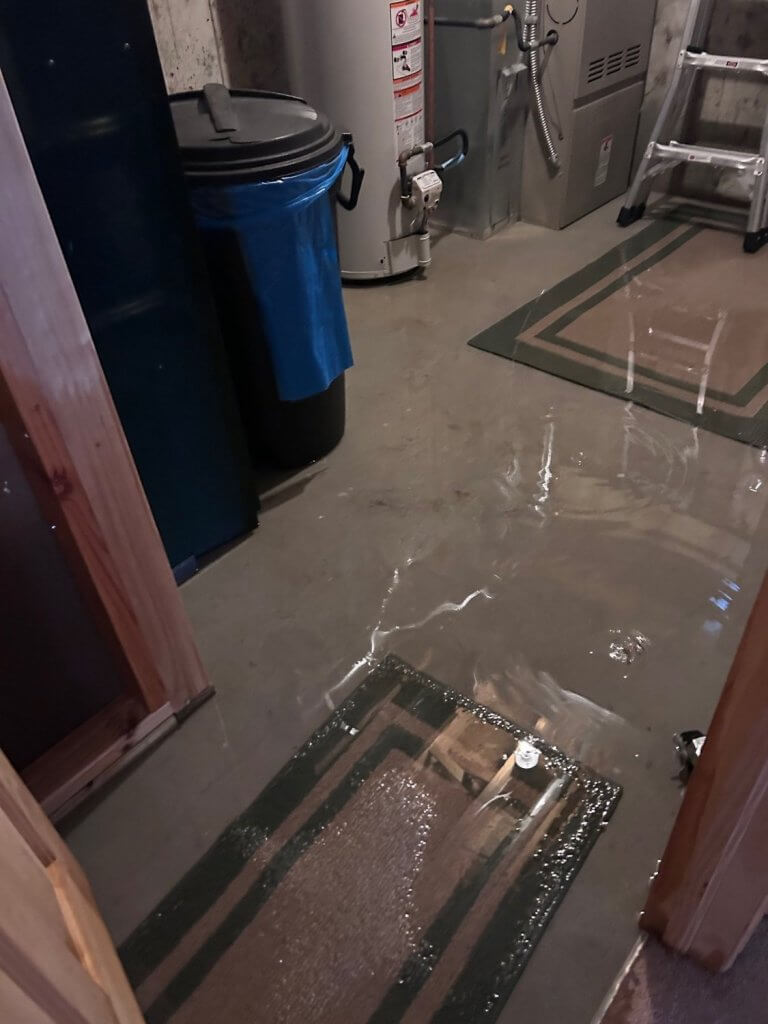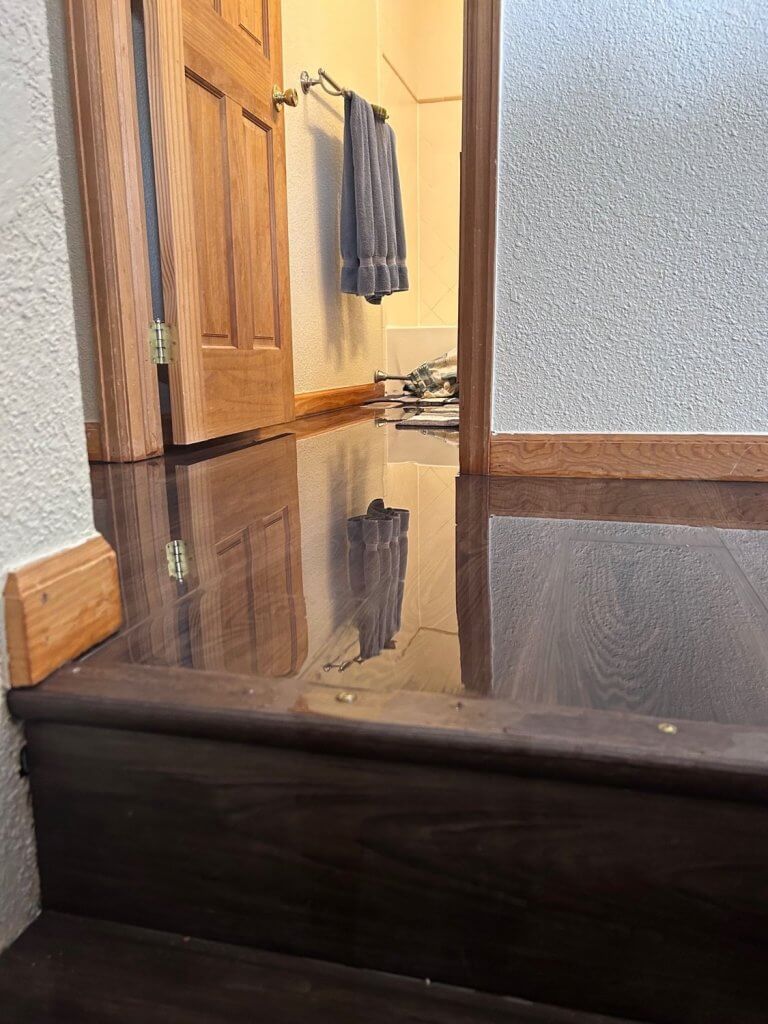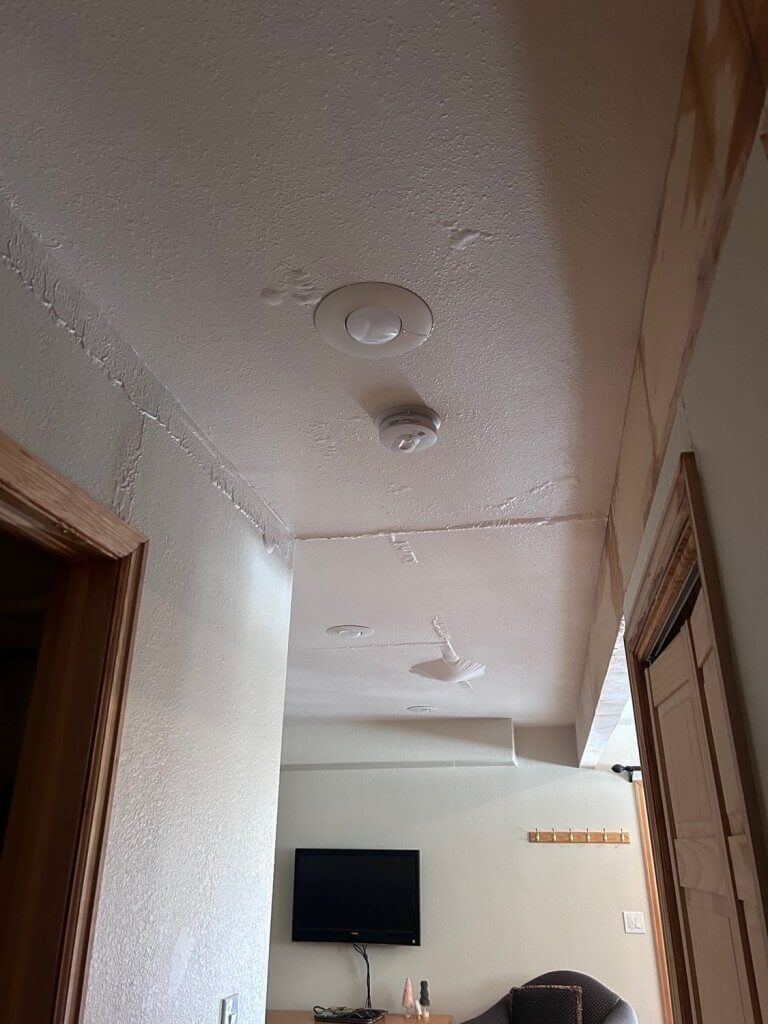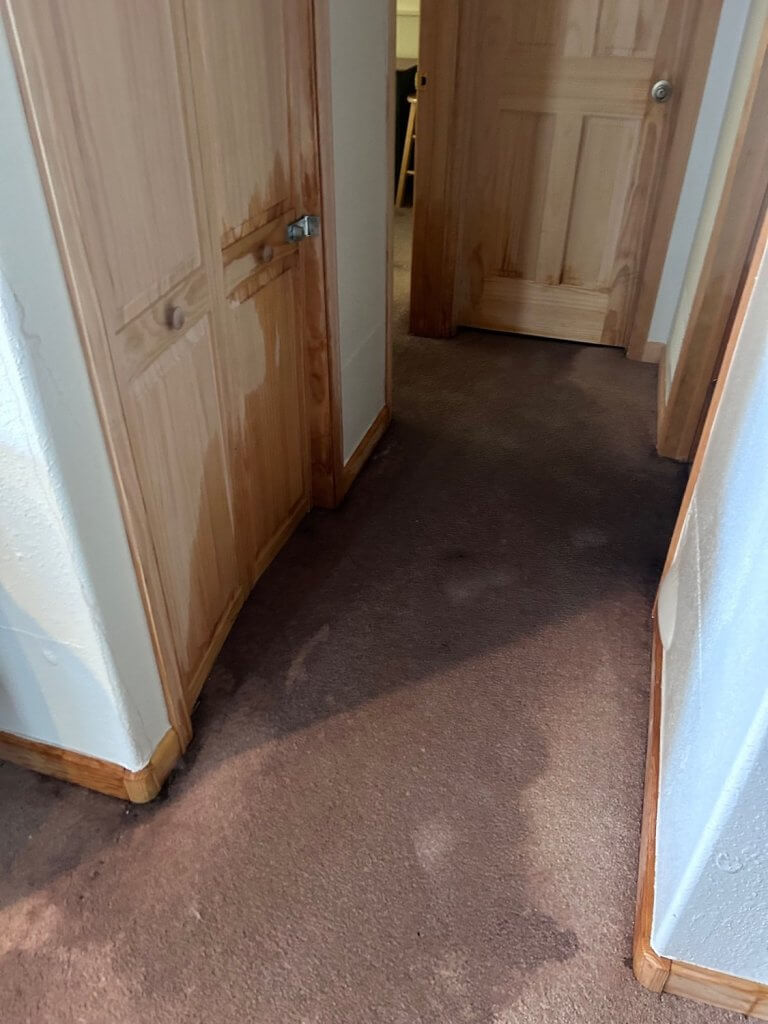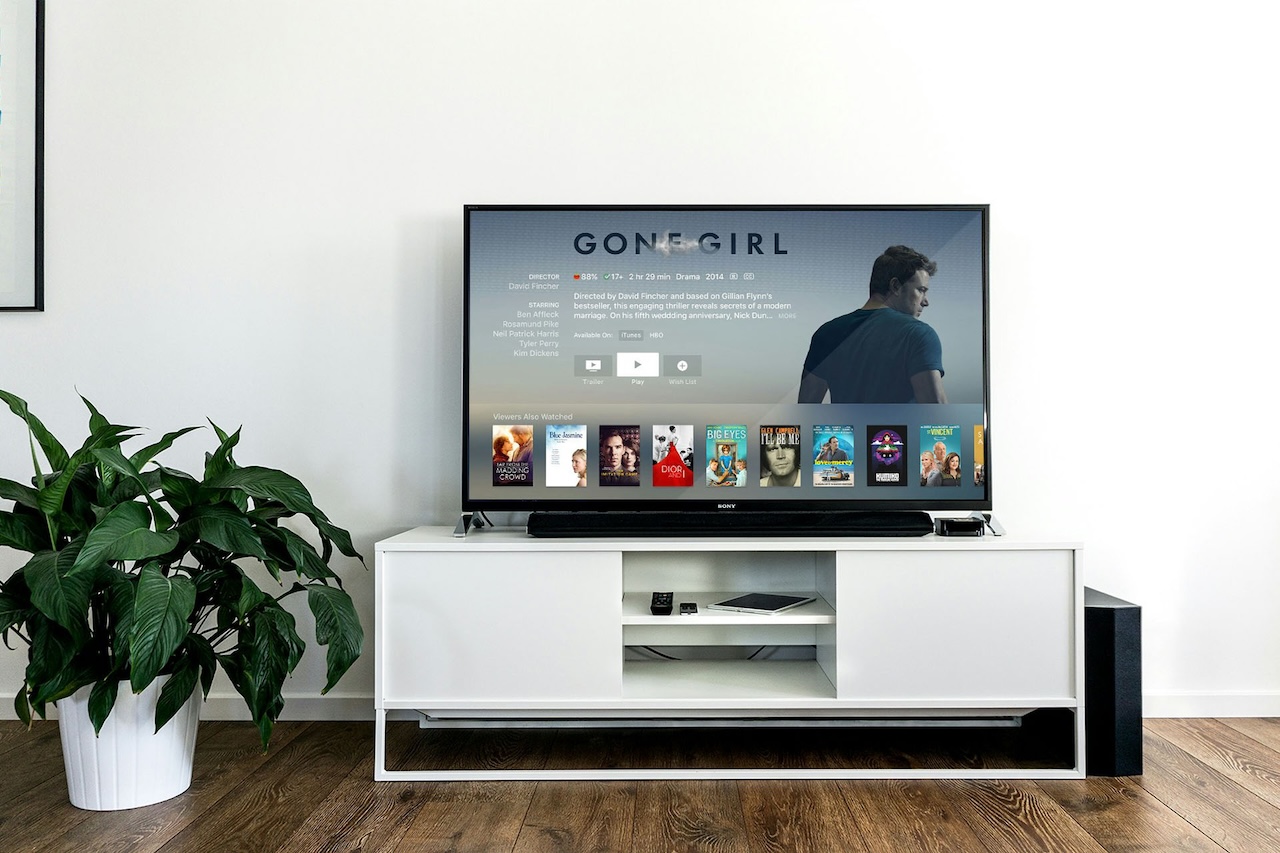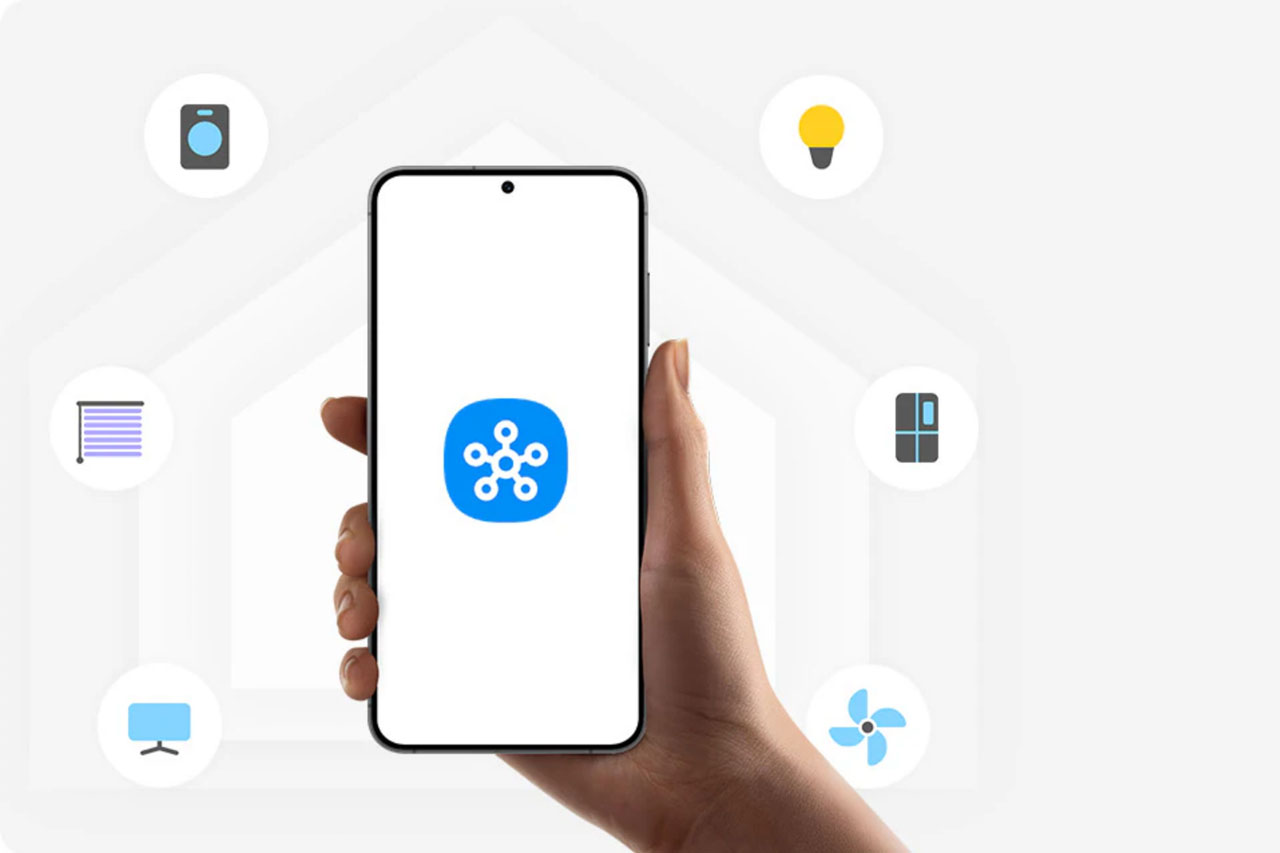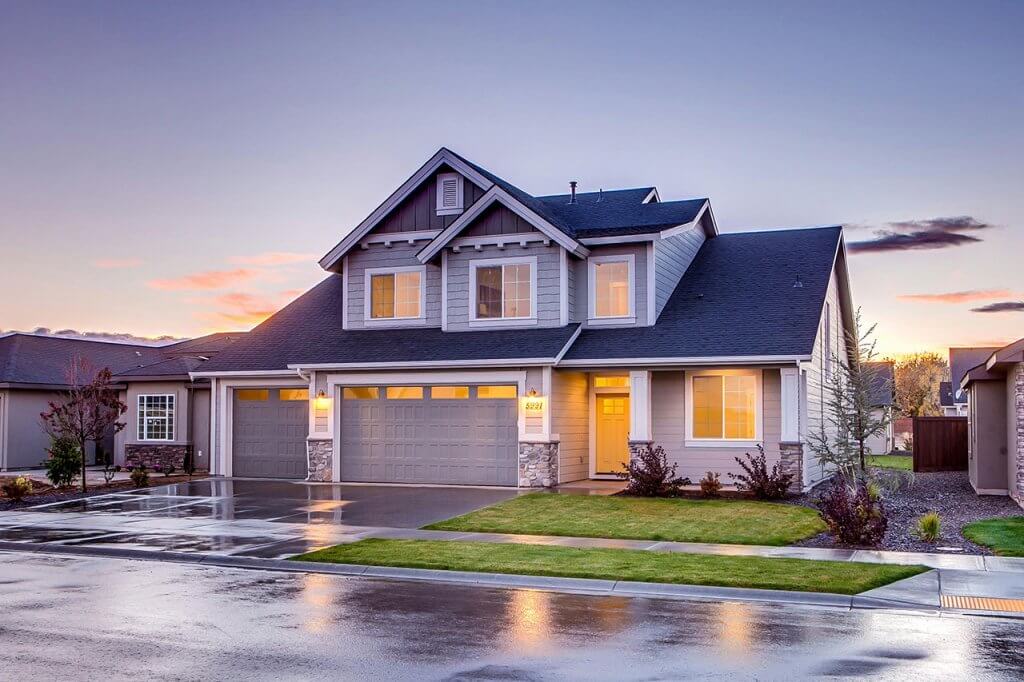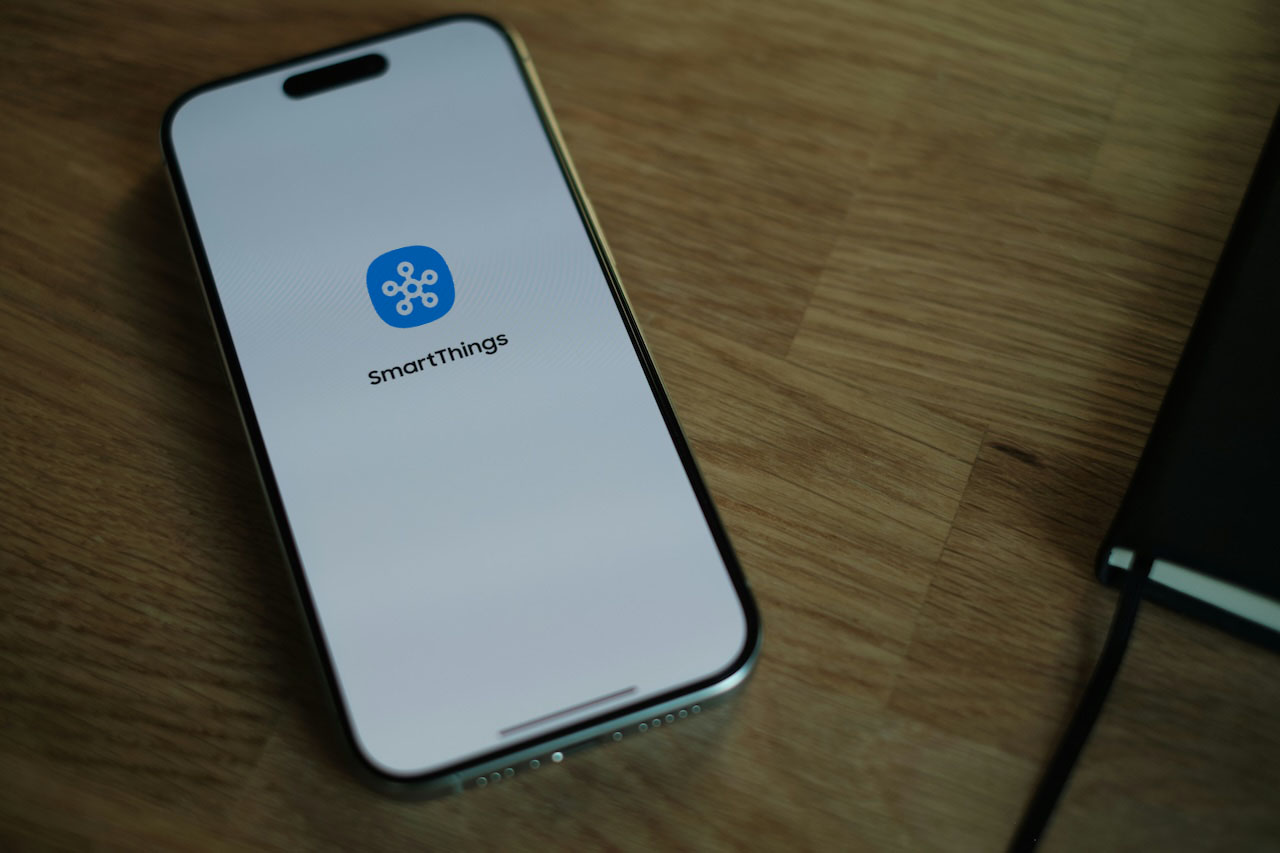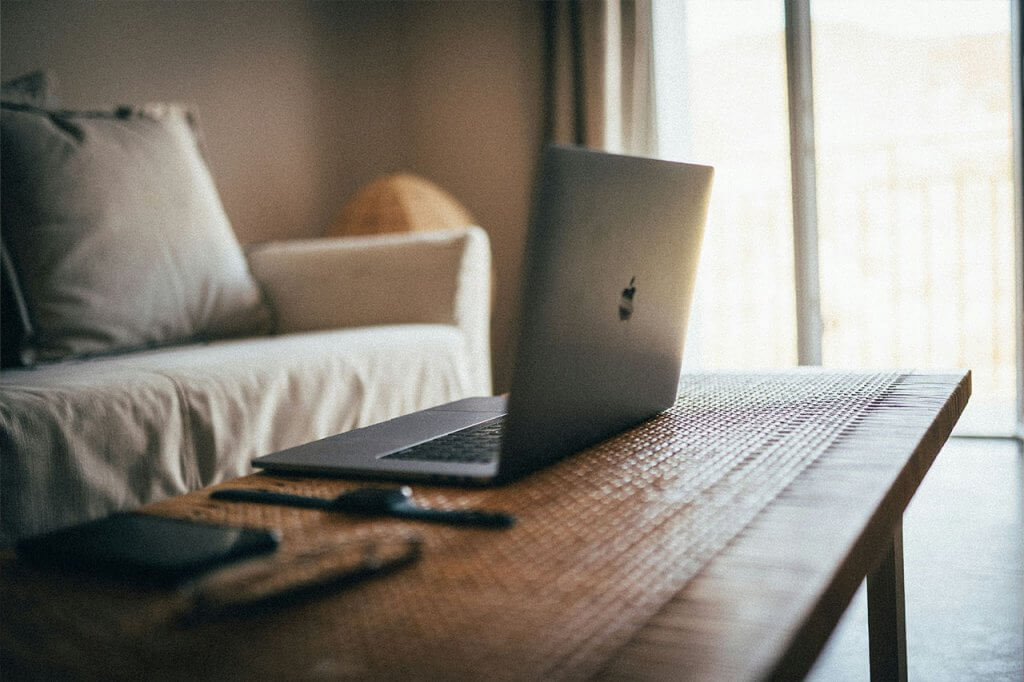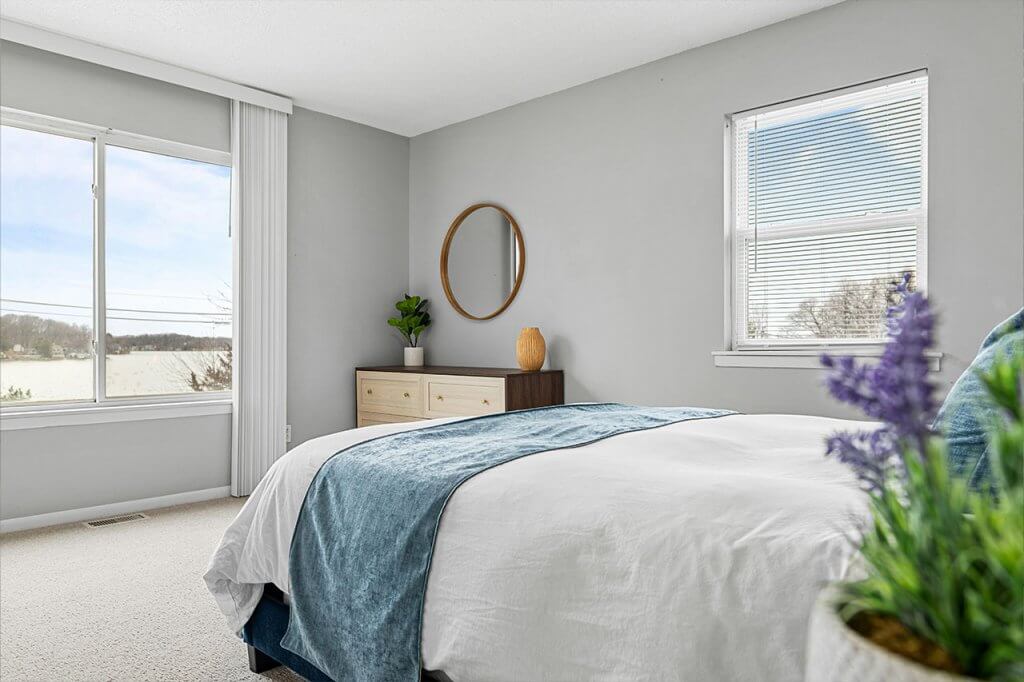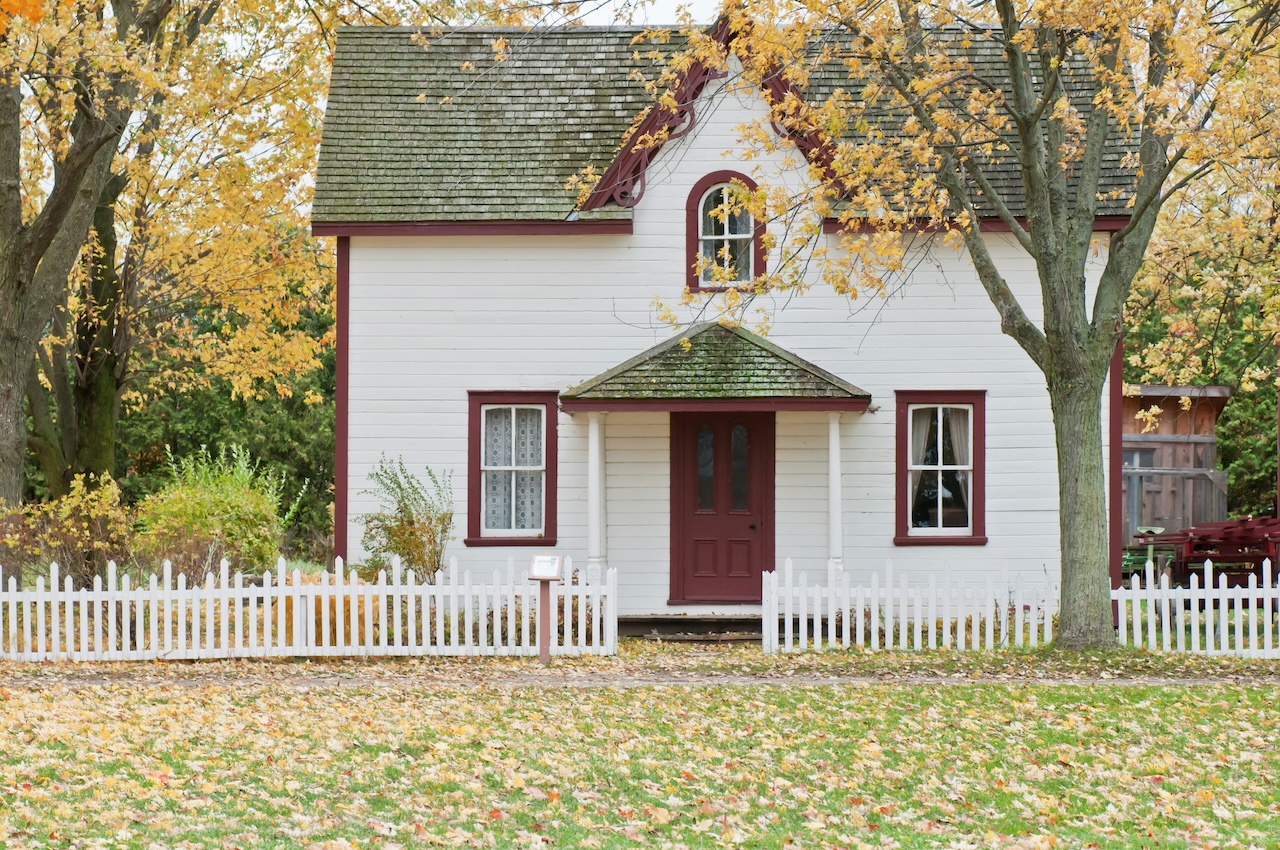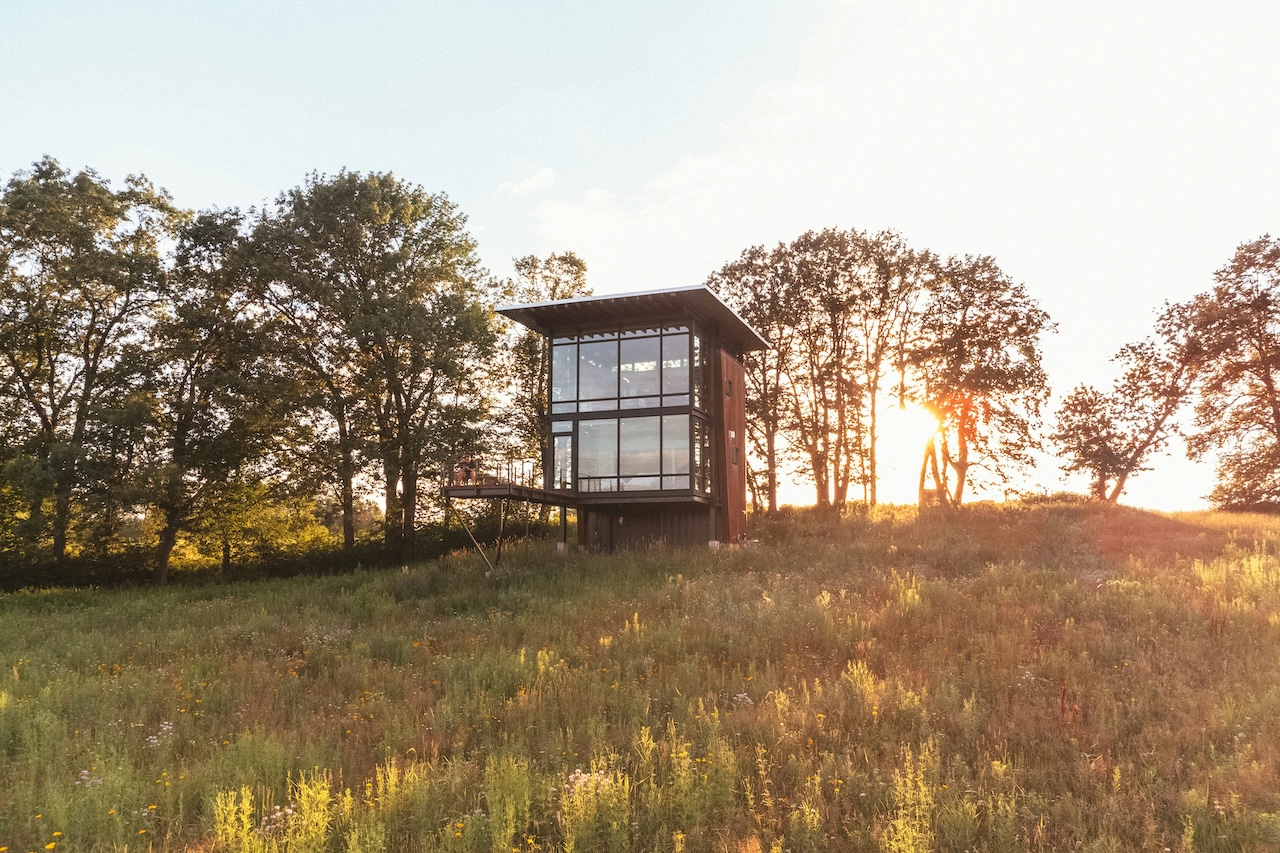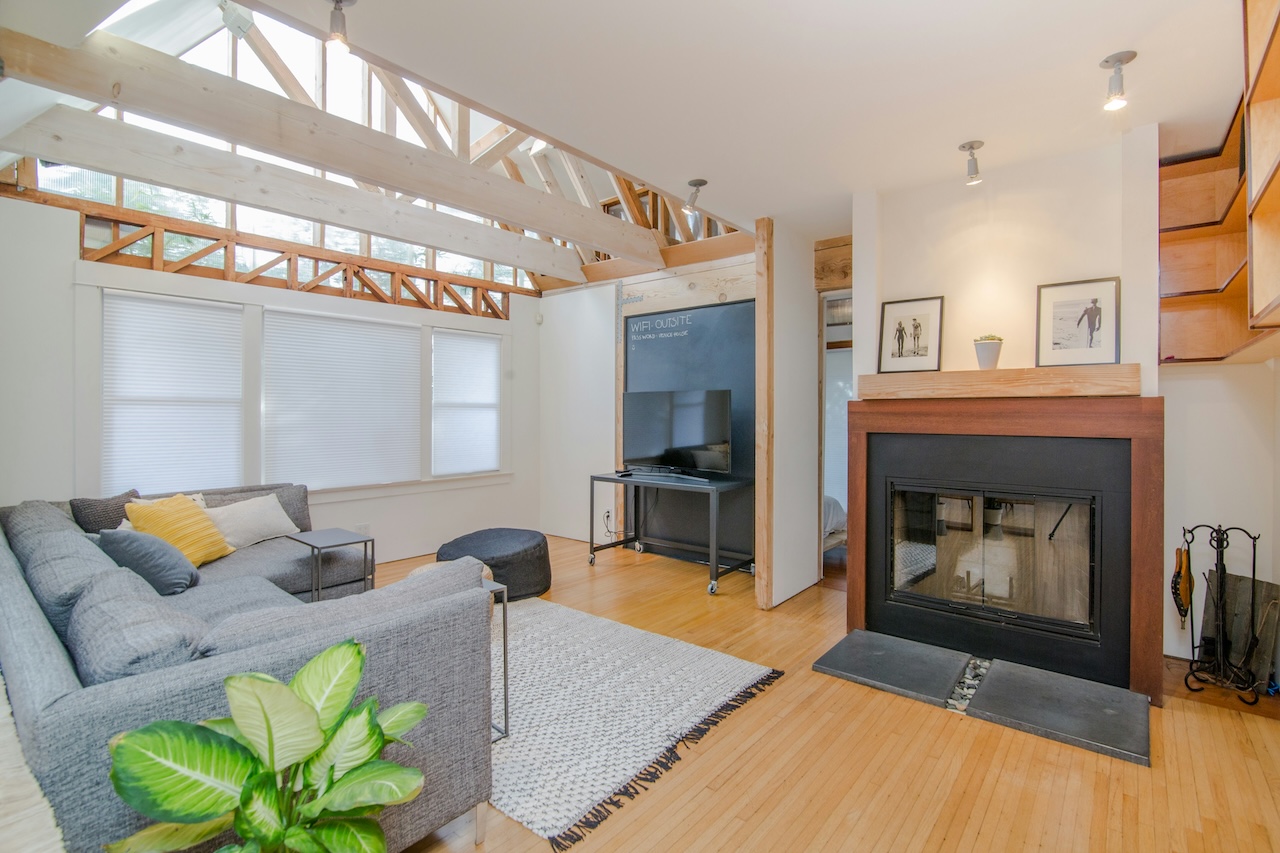One of the biggest threats to any home—especially short-term rentals—is water damage. Whether it’s a burst pipe, a slow leak, or freezing temperatures that lead to cracks, water can wreak havoc on your property in a matter of hours. That’s why water valve automation has become a crucial upgrade for any Airbnb or short-term rental property owner looking to protect their investment and reduce the risk of disasters.
Why Water Valve Automation Matters
If you’ve ever experienced a major water leak, you know just how destructive and expensive it can be. In short-term rentals & Airbnbs, the risk is even greater. These properties often sit vacant for days or weeks at a time, meaning a leak could go unnoticed until it causes significant structural damage.
Many insurance companies that specialize in short-term rentals will tell you: water damage is one of the most common and costly claims they see.
The photos above are from a property we manage and was caused by a braided sink water line that failed between guests. This was the triggering event for us to build Rental Home Automator; at the time we couldn’t automate the water valve and didn’t have the water off between guest stays. The repairs took about one year to complete.
The Challenge: Balancing Guest Comfort and Safety
It’s essential that water is available during guest stays and cleanings—but the real danger comes when your property is vacant. That’s when small leaks can go undetected and cause the most damage.
Some hosts rely on automatic leak detection and shutoff systems. However, we’ve seen too many instances where these systems trigger false alarms, shutting off water during a guest’s stay and leading to bad reviews and avoidable problems.
That’s why we don’t recommend relying solely on automatic shutoff devices.
Our Recommended Approach to Water Valve Automation
Instead of automatic shutoffs, we recommend a smarter, more reliable method:
- Monitor for leaks using smart water sensors placed near high-risk areas like sinks, toilets, and water heaters.
- Manually control the main water valve remotely, turning it on only when guests, cleaning or maintenance are present.
- Keep the water off when the home is vacant to eliminate the risk of unnoticed leaks.
This gives you full control over your system and avoids the risk of cutting off water during a guest’s stay.
What Kind of Systems Can You Automate?
Water valve automation is possible with both city water and well systems. The key is to install an actuator at the main entry point of water into the home. We recommend using an actuator that fits on top of your existing valve. This approach is more reliable and far less invasive than replacing the entire valve—minimizing the risk of mechanical failure.
💡 Pro Tip: You want to automate the water shutoff at the source, where the water enters your property. This gives you control over the entire water system from a single point.
You can also use different types of setups to turn off the power to your well pump if your property has a well. There are different types of switches and plugs that can be configured to work with this type of setup. One of the easier ways to do this is with a switch like the Aeotec Heavy Duty Smart Switch.
Our Recommended Devices
We recommend specific smart water valve actuators that are:
- Compatible with your existing valve type
- Easy to install (no plumbing required)
- Capable of remote control via smart home hubs
There are plenty of devices out there you can use, but the ones we recommend are the following:
Learn More About Automating Water Shutoff
For a detailed, step-by-step guide on how to set up water valve automation in your short-term rental, check out our in-depth article:
👉 How to Automate Your Water Shutoff
We also have a step-by-step guide on how to add a well control device to your property (available with a subscription).

